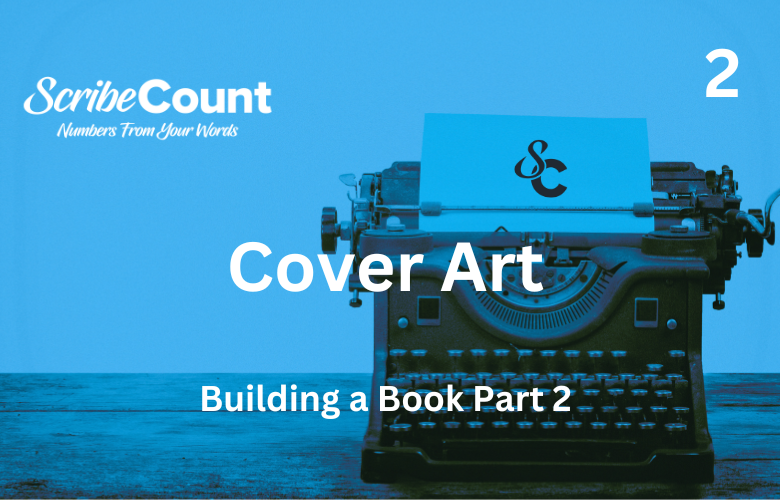Print-on-Demand vs. Offset Printing: A Complete Guide for Indie Authors
Self-publishing authors face many critical decisions, but one of the most important is choosing between Print-on-Demand (POD) and Offset Printing. Both methods come with distinct advantages and challenges, depending on the author's goals, budget, and intended audience.
In this guide, we'll explore the technical processes behind POD and offset printing, explain the pros and cons of each, and provide examples to help you decide which option is best for your publishing strategy.
What is Print-on-Demand (POD)?
Print-on-Demand (POD) is a digital printing technology that allows books to be printed one at a time only when an order is placed. This approach minimizes upfront costs and storage requirements and is widely used by self-published authors for its ease and accessibility.
How POD Works:
File Submission:
Authors upload an interior PDF and a cover PDF to a POD platform (e.g., Amazon KDP, IngramSpark, BookVault).
Metadata (title, description, ISBN, keywords, etc.) is entered.
Digital Proofing:
Files are auto-checked for formatting issues.
Authors may order a physical proof before publication.
Order Fulfillment:
Once a customer places an order, the book is printed on-demand using high-speed digital printers.
Printing & Binding:
Printed using laser or inkjet technology.
Bound with perfect binding (paperback) or case laminate (hardcover).
Shipping:
Printed books are shipped directly to customers, usually within 2–5 business days.
POD Characteristics:
Minimum order: 1 copy
Setup cost: Minimal
Lead time: Fast (1–3 days printing + shipping)
Customization: Limited
Paper/Binder options: Standard sizes and materials only
What is Offset Printing?
Offset Printing is a traditional, plate-based method used to produce large quantities of books at lower per-unit costs. It offers superior image and text quality, a wide range of customizations, and is the industry standard for commercial book printing.
How Offset Printing Works:
Prepress & Plate Creation:
The interior and cover files are separated into CMYK color layers.
Aluminum plates are created for each color.
Printing:
Ink is transferred from plates to a rubber blanket, then to the paper.
Sheets are printed in large signatures (8, 16, or 32 pages).
Folding & Binding:
Signatures are folded, gathered, and sewn or glued.
Hardcover books may include cloth covers, dust jackets, headbands, ribbons, etc.
Finishing:
Options include foil stamping, embossing, spot gloss, matte/gloss lamination.
Final trimming and quality inspection take place before packaging.
Offset Characteristics:
Minimum order: Usually 250–500+ copies (QinPrinting minimum is 100)
Setup cost: High (due to plate creation and setup time)
Lead time: Longer (4–8 weeks)
Customization: Extensive
Paper/Binder options: Full control over materials, coatings, bindings
POD vs. Offset: Comparison Chart
| Feature | Print-on-Demand (POD) | Offset Printing |
|---|---|---|
| Printing Method | Digital (laser/inkjet) | Plate-based ink transfer |
| Cost Per Unit | Fixed | Lower with higher volume |
| Setup Cost | Low | High |
| Minimum Order | 1 book | 100–750+ books |
| Time to Print | 2–5 days | 4–8 weeks |
| Print Quality | Good | Excellent |
| Paper Options | Standard only | Fully customizable |
| Binding Options | Limited (mostly perfect/case laminate) | Wide range (sewn, spiral, hardcover) |
| Color Reproduction | Adequate | High-quality, sharp color |
| Customization | Minimal | Extensive |
| Best For | New authors, online sales | Bulk runs, premium editions, events |
Why Choose POD?
Low upfront investment
Fast time-to-market
Ideal for testing the market or publishing small catalogs
Automatic distribution through platforms like Amazon and Ingram
Example:
A 300-page paperback using KDP POD may cost ~$4.75 per unit to print with no minimum order.
Hardcover may cost ~$9.50–$11.00 per unit (limited options).
Why Choose Offset?
Lower per-unit costs for large print runs
Superior print and paper quality
Greater control over final appearance
Ideal for pre-orders, crowdfunding campaigns, or wholesale distribution
Example:
A 300-page paperback printed offset through QinPrinting may cost ~$2.10 per copy (500 copies).
Hardcover with dust jacket, sewn binding, and matte lamination might cost ~$4.50–$6.00 per unit for 500 copies.
Special Considerations When Using Chinese Offset Printers
Common Vendors:
QinPrinting, BookPrintingChina, Call2Print, and others.
Pros:
Competitive pricing on large print runs
High quality craftsmanship
Ability to print complex or custom book formats
Cons:
Shipping costs and times (4–8 weeks by sea)
Language or timezone barriers
Tariffs and trade uncertainty
UPDATED TO INCLUDE:
Tariff and Trade War Risks:
The U.S.–China tariff war has introduced instability in import costs.
Books may be subject to 10–25% tariffs upon entry to the U.S.
Authors must budget for customs fees, freight forwarding, and port delays.
If printing overseas, it’s essential to:
Get a detailed shipping quote (including customs)
Use a trusted freight forwarder
Consider printing in Canada or Europe as alternatives
Conclusion
Choosing between POD and offset printing depends on your publishing goals:
Go with POD if you want minimal upfront risk and easy online distribution.
Choose offset if you need bulk copies, higher quality, or are fulfilling pre-orders.
Many successful authors use both strategies—POD for ongoing sales and offset for launches, events, and Kickstarter campaigns.


